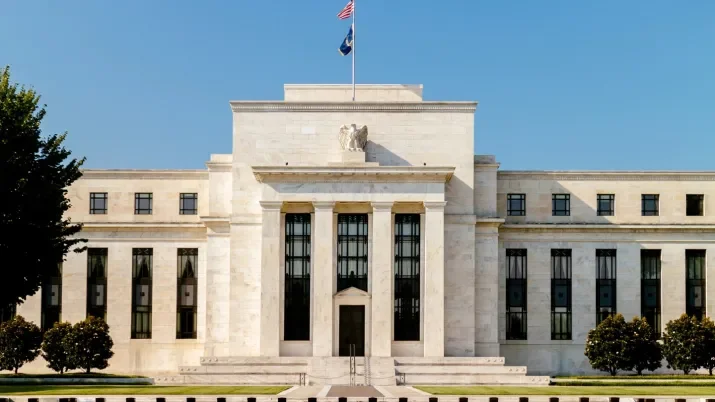Pause for thought: Was this the BoE's final rate hike?
The Bank of England decided to leave rates unchanged last week in what was technically a surprise if we benchmark the decision against the Bloomberg consensus. But a pause it was, and the reality is we might now be in a position where major central banks are finally done with their hiking cycles.
Interestingly, an examination of the minutes shows the MPC somehow downplaying the still extremely high Average Hourly Earnings growth data.
Alongside the announcement of an increase in the pace of GILT sales from £80bn to £100bn per year, slightly above the £95bn that was expected, the MPC said “the recent path of the AWE is difficult to reconcile with other indicators of pay growth” as most of these have “tended to be more stable at rates of growth, which are elevated, but not quite as high as the AWE series”.
We presume they are referring to the PAYE data for payrolls and median monthly pay, which is in fact showing a weaker picture than the Average Weekly Earnings data, as discussed in a previous blog . The labour market is in fact showing signs of weakness from very tight levels, which seems to have had a large impact in the decision for a pause rather than an additional hike.
There were very reasonable arguments for both camps at this meeting, which is reflected in the tight five to four vote. What we believe, however, is that by the time the next couple of meetings come around the data will be less supportive of another hike.
Inflation is set to decrease markedly in the last mile of the year due to energy, food and core goods showing signs of genuine downward trends. Regarding growth, numbers are likely to be feeble as per the minutes: “Bank staff now expect GDP to rise only slightly in 2023 Q3. Underlying growth in the second half of 2023 is also likely to be weaker than expected.”
The PMI data released on Friday is in line with this. Bond markets reacted to the monetary policy decision by reducing the probability of an additional hike. A couple of days before the MPC meeting, the GILT curve was pricing in a peak rate of just over 5.5%, whereas now the number is approximately 5.35%.
In conclusion, while the MPC decision was quite literally 50/50, going forward the data is unlikely to support an additional hike and, as discussed in a previous blog , the BoE might now have joined the ECB in reaching the highs of the monetary policy cycle. As for the Fed, the new summary of economic projections looks very optimistic. Despite US Treasury yields moving up after their decision last week we do note that the curve is not anticipating further hikes, contradicting what the dot plots are saying.
It seems we might finally be at a point where major central banks are done with their hiking cycles, which removes a large obstacle for the performance of fixed income assets going forward - and with yields at elevated levels, the prospects for fixed income total returns look rosier.




